Gem Profile- Boulder Opal
This article is one of a six-part series on Opal. Here is a complete list of our Opal articles: An Opal Introduction, Common Opal, Black Precious Opal, White Precious Opal, Opalized Fossils, Boulder Opal
Throughout this short series about opals, we have learned a lot of basic information about this mystifying stone. That most common opal does not have a play of color, but because it is very abundant, rather soft, and is found in a wide variety of colors with an internal glow, it makes lovely carvings. And that some "common" opal really isn't so common, such as beautiful Mexican jelly opal and the wonderful blue and pink opal from South America; all of which work into lovely cabochons. Rare, precious black, and chocolate opals can be found in specialized locations, and have amazing play of color; milky white opals are the most well known. We also learned that opalized fossils are actually the remains of prehistoric life that have been either been coated or filled with opal material, making these specimens even more special, and that crystal or clear opal can be faceted. But probably the most popular opal used by wire jewelry artists is boulder opal.
WS Faculty member Lindi Schneck had the wonderful opportunity to visit Australia. Of course, while there she purchased boulder opal cabochons and used one to create this lovely wire pendant.
WS Faculty member Lindi Schneck had the wonderful opportunity to visit Australia. Of course, while there she purchased boulder opal cabochons and used one to create this lovely wire pendant.

Boulder Opal
Resembling precious black opal, it is not surprising that the only location in the world to find boulder opal is in Australia. As we have learned, opal forms in unusual places, often very thin and in Queensland, this thinner opal formed on a matrix of an iron rich sandstone called ironstone. To break up this bedrock, heavy excavation processes are used that results in huge chunks of ironstone, or boulders. Now the definition of a boulder refers to a huge, independent mass of rock that has been weathered so the edges are rounded, however this has been modified to cover rough edged stones that have been "detached from their place of origin." Besides the amazing array of colors that play in the opal that formed on this ironstone, this variety does not have a huge water content, making it a very stable form of opal that is not apt to craze or crack as it ages. When the opal is veined throughout the ironstone, it is called matrix opal.Boulder Opal
Resembling precious black opal, it is not surprising that the only location in the world to find boulder opal is in Australia. As we have learned, opal forms in unusual places, often very thin and in Queensland, this thinner opal formed on a matrix of an iron rich sandstone called ironstone. To break up this bedrock, heavy excavation processes are used that results in huge chunks of ironstone, or boulders. Now the definition of a boulder refers to a huge, independent mass of rock that has been weathered so the edges are rounded, however this has been modified to cover rough edged stones that have been "detached from their place of origin." Besides the amazing array of colors that play in the opal that formed on this ironstone, this variety does not have a huge water content, making it a very stable form of opal that is not apt to craze or crack as it ages. When the opal is veined throughout the ironstone, it is called matrix opal.
Rough boulder opal sent to Dale from a fellow wire artist who lives in Australia and is allowed by their government to "noodle," or search tailings piles at certain mines.
Resembling precious black opal, it is not surprising that the only location in the world to find boulder opal is in Australia. As we have learned, opal forms in unusual places, often very thin and in Queensland, this thinner opal formed on a matrix of an iron rich sandstone called ironstone. To break up this bedrock, heavy excavation processes are used that results in huge chunks of ironstone, or boulders. Now the definition of a boulder refers to a huge, independent mass of rock that has been weathered so the edges are rounded, however this has been modified to cover rough edged stones that have been "detached from their place of origin." Besides the amazing array of colors that play in the opal that formed on this ironstone, this variety does not have a huge water content, making it a very stable form of opal that is not apt to craze or crack as it ages. When the opal is veined throughout the ironstone, it is called matrix opal.Boulder Opal
Resembling precious black opal, it is not surprising that the only location in the world to find boulder opal is in Australia. As we have learned, opal forms in unusual places, often very thin and in Queensland, this thinner opal formed on a matrix of an iron rich sandstone called ironstone. To break up this bedrock, heavy excavation processes are used that results in huge chunks of ironstone, or boulders. Now the definition of a boulder refers to a huge, independent mass of rock that has been weathered so the edges are rounded, however this has been modified to cover rough edged stones that have been "detached from their place of origin." Besides the amazing array of colors that play in the opal that formed on this ironstone, this variety does not have a huge water content, making it a very stable form of opal that is not apt to craze or crack as it ages. When the opal is veined throughout the ironstone, it is called matrix opal.
Rough boulder opal sent to Dale from a fellow wire artist who lives in Australia and is allowed by their government to "noodle," or search tailings piles at certain mines.

Boulder opal is difficult to cut into domed cabochons, due to the way the opal seams and veins form within the ironstone matrix, so most boulder opals are available in freeform, flat shapes. Most often a stone is cut, hoping that most of the opal remains on one side of the matrix, but if the opal splits down the middle (called a boulder opal split) it can be mirrored on each sided, which a lapidary can make into matching earring cabochons. Boulder opal can be classified in several categories, according to the color of the matrix rock: black, crystal, and light. The play of color in a boulder opal can include any combination of red, orange, green, blue, purple, and even pink!
Beverly Brown created this boulder opal pendant by wrapping the stone in 24-gauge gold filled wire.
Beverly Brown created this boulder opal pendant by wrapping the stone in 24-gauge gold filled wire.

Although boulder opal may seem to be relatively new to the gemstone market, it was actually first discovered in the 1870s. When precious black opal was found in New South Wales in 1903, boulder opal was all but forgotten about until around the 1980s. Sometimes one can become confused when shopping for boulder opal, because ironstone is often used as the backing for doublets and triplets made of either precious black or white opal. Please be aware that true boulder opal should be sold by the piece, and not by the carat or gram weight.
Freeform boulder opal cabochons, cut by Charlie Armstrong.
Freeform boulder opal cabochons, cut by Charlie Armstrong.

Yowah Nut and Koroit Opals
A specialized type of boulder opal is called Yowah Nut. Found specifically in the opal fields of Yowah, Australia, this is where pockets of crystal clear opal, loaded with electric colors, formed within hard conglomerations of clay and ironstone. When the matrix rock is cut away to expose the pocket, the result resembles a nut. To view an excellent specimen of a Yowah Nut, please visit this page of The Smithsonian, department of Mineral Sciences.
The opal cabochon in the back is a Koroit opal and the one in front with deep purple veins is from a Yowah Nut. Private collection, Dale Armstrong.
A specialized type of boulder opal is called Yowah Nut. Found specifically in the opal fields of Yowah, Australia, this is where pockets of crystal clear opal, loaded with electric colors, formed within hard conglomerations of clay and ironstone. When the matrix rock is cut away to expose the pocket, the result resembles a nut. To view an excellent specimen of a Yowah Nut, please visit this page of The Smithsonian, department of Mineral Sciences.
The opal cabochon in the back is a Koroit opal and the one in front with deep purple veins is from a Yowah Nut. Private collection, Dale Armstrong.

One of the other well known boulder opal fields in Queensland, Australia is Koroit. I found this blog by Gene McDevitt, Koroit Opal News, to be an extremely interesting way to learn more about how this boulder opal is mined and then cut. He also includes excellent photos of the wildlife that share their habitat with opal miners.
A boulder opal cabochon made into a wired necklace component by WS Faculty member Lindi Schneck.
A boulder opal cabochon made into a wired necklace component by WS Faculty member Lindi Schneck.

Resources
Print Resources:
Gemstones of the World by Walter Schumann, ISBN 0-8069-3088-8
Minerals of the World by Walter Schumann, ISBN 0-8069-8570-4
Opals by Fred Ward, ISBN 1887651047
The World of Opals by Allan W. Eckert, ISBN 0471133973
Internet Resources:
Boulder, beedictionary.com
Koroit Opal News : koroit.blogspot.com
Smithsonian National Museum of Natural History
Print Resources:
Gemstones of the World by Walter Schumann, ISBN 0-8069-3088-8
Minerals of the World by Walter Schumann, ISBN 0-8069-8570-4
Opals by Fred Ward, ISBN 1887651047
The World of Opals by Allan W. Eckert, ISBN 0471133973
Internet Resources:
Boulder, beedictionary.com
Koroit Opal News : koroit.blogspot.com
Smithsonian National Museum of Natural History
Materials

Wire

WireJewelry 1.5 lbs of Bulk Rough Madagascar Stone Mix - Large Natural Rough Stone and Crystals for Tumbling
E6-100R
- Lesson Quantity: 1.00 pieces
- Purchase Quantity: 1.00 each
- Price: $19.95
- Gold Club Price: $14.96

Beads

Cabochons
Tools

Ultimate wire-pliers Set
G15-20
- G15-20
- Lesson Quantity: 1.00 pieces
- Purchase Quantity: 1.00 each
- Price: $99.95
- Gold Club Price: $74.96

Bench Tools
- Category: General Education
- Technique(s): General Education





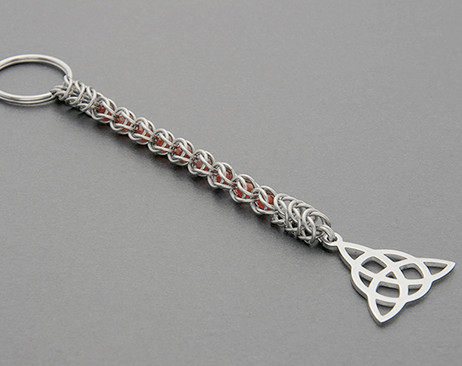
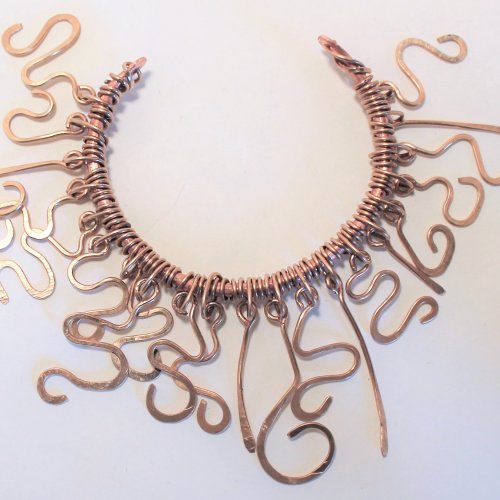
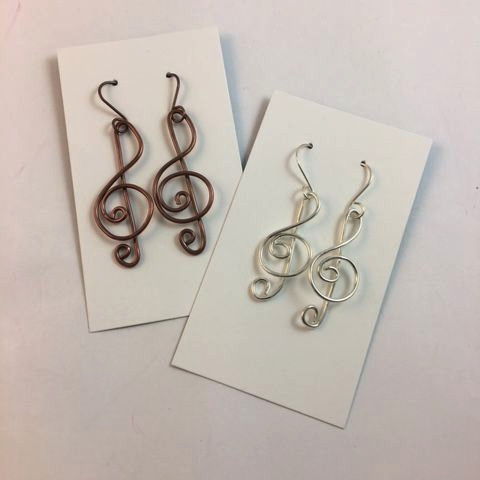

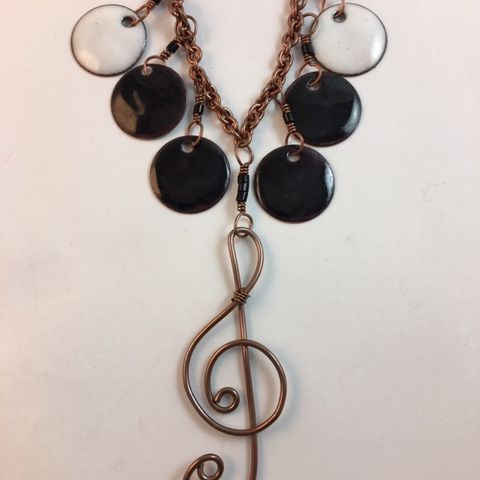
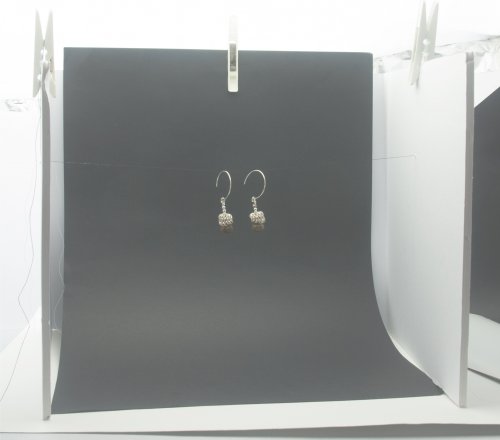

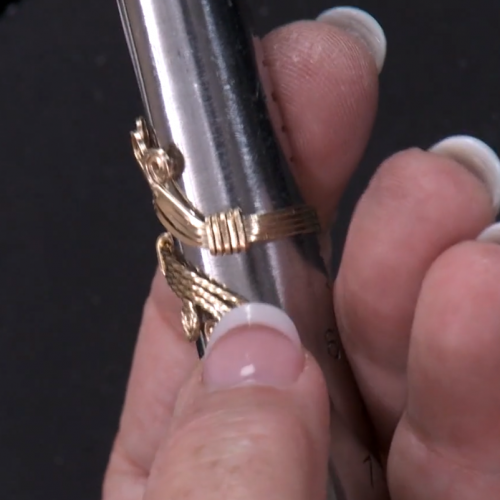

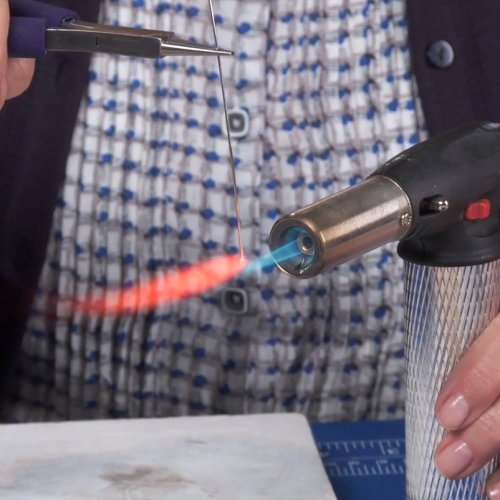
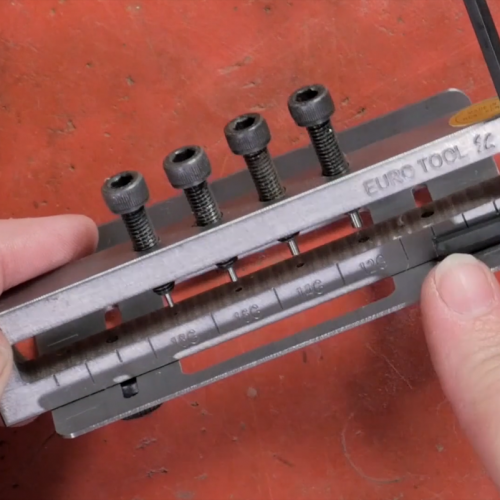
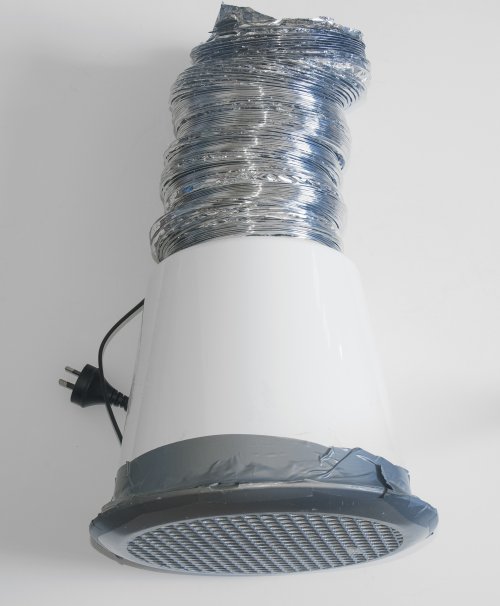
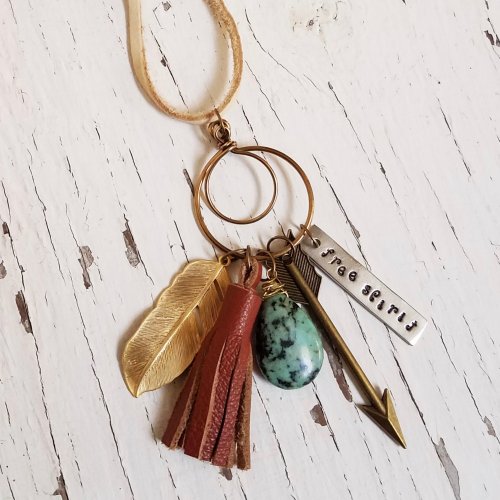
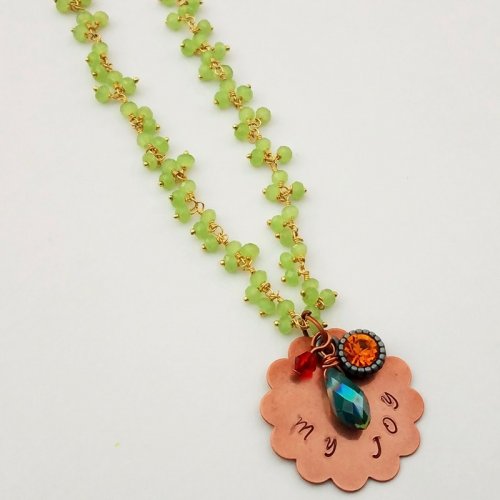
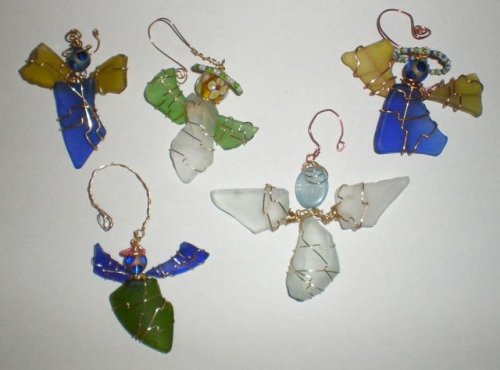
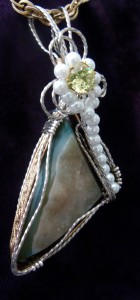
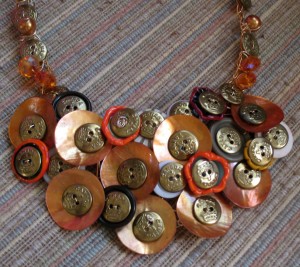
 Getting Twisted - Jewelry Making Tools
Getting Twisted - Jewelry Making Tools How to Price Your Wire Jewelry
How to Price Your Wire Jewelry How to Measure Gemstones for Settings
How to Measure Gemstones for Settings Cool Anklets are HOT
Cool Anklets are HOT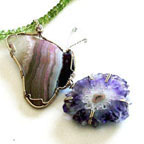 Inspiration Comes from Everywhere and Every Thing
Inspiration Comes from Everywhere and Every Thing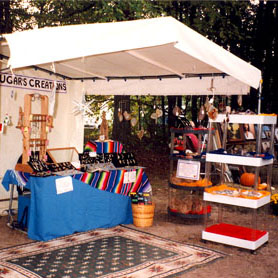 Wire Jewelry Display and Booth Ideas
Wire Jewelry Display and Booth Ideas Where to Sell Your Wire Jewelry
Where to Sell Your Wire Jewelry How to Choose Wire Temper for Making Jewelry
How to Choose Wire Temper for Making Jewelry What Gauge of Wire Should I Use to Make Jewelry
What Gauge of Wire Should I Use to Make Jewelry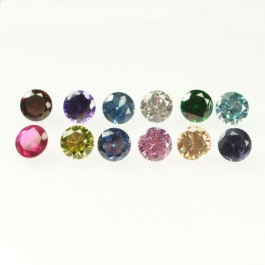 What's a Cubic Zirconia Stone
What's a Cubic Zirconia Stone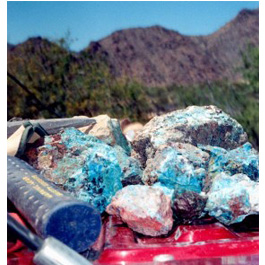 Rockhounding - A Beginner's Guide
Rockhounding - A Beginner's Guide What Shape of Wire Should I Use to Make Jewelry
What Shape of Wire Should I Use to Make Jewelry Gem Profile- Bloodstone
Gem Profile- Bloodstone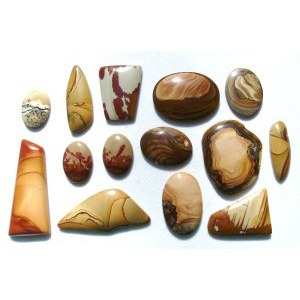 Gem Profile- Picture Jasper
Gem Profile- Picture Jasper Gem Profile- Patterned Jaspers
Gem Profile- Patterned Jaspers Gem Profile- What is Jasper
Gem Profile- What is Jasper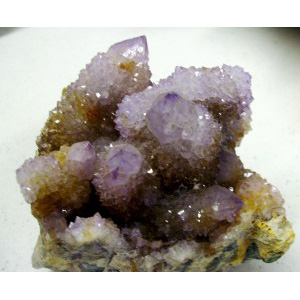 Gem Profile- Quartz Introduction
Gem Profile- Quartz Introduction Gem Profile- Wishful Turquoise
Gem Profile- Wishful Turquoise Gem Profile- Amethyst
Gem Profile- Amethyst Gem Profile- Fluorite
Gem Profile- Fluorite Gem Profile- Obsidian
Gem Profile- Obsidian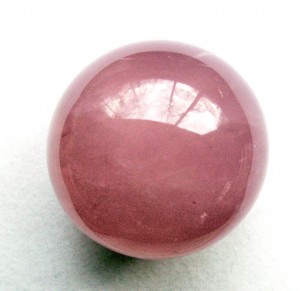 Gem Profile- Rose Quartz
Gem Profile- Rose Quartz Gem Profile- Smoky Quartz
Gem Profile- Smoky Quartz Gem Profile- Citrine and Ametrine
Gem Profile- Citrine and Ametrine Gem Profile- Labradorite
Gem Profile- Labradorite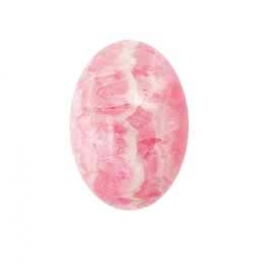 Gem Profile- Rhodochrosite
Gem Profile- Rhodochrosite Gem Profile- Moonstone
Gem Profile- Moonstone Gem Profile- Prehnite
Gem Profile- Prehnite Gem Profile- Jade
Gem Profile- Jade Gem Profile- Amazonite
Gem Profile- Amazonite Gem Profile- Corundum
Gem Profile- Corundum Gem Profile- Quartz with Inclusions Part 1
Gem Profile- Quartz with Inclusions Part 1 Gem Profile- Quartz with Inclusions Part 2
Gem Profile- Quartz with Inclusions Part 2 Gem Profile- Aventurine
Gem Profile- Aventurine Gem Profile- Macrocrystalline Quartz
Gem Profile- Macrocrystalline Quartz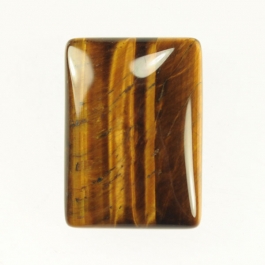 Gem Profile- Tiger Eye
Gem Profile- Tiger Eye Gem Profile- Fire Agate and Iris Agate
Gem Profile- Fire Agate and Iris Agate Gem Profile- Amber
Gem Profile- Amber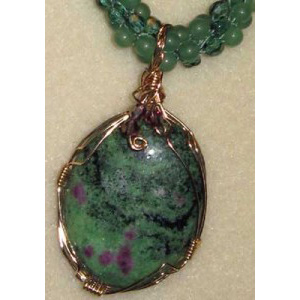 Gem Profile- Ruby Zoisite
Gem Profile- Ruby Zoisite Gem Profile- Ruby Fuchsite
Gem Profile- Ruby Fuchsite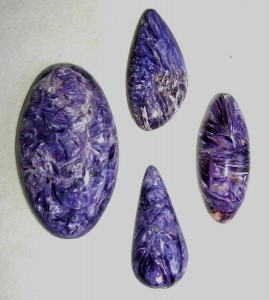 Gem Profile- Charoite
Gem Profile- Charoite Gem Profile- Moldavite
Gem Profile- Moldavite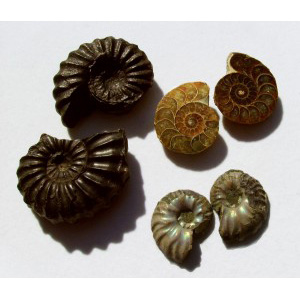 Gem Profile- Ammolite
Gem Profile- Ammolite Gem Profile- White Precious Opal
Gem Profile- White Precious Opal Gem Profile- Opalized Fossils
Gem Profile- Opalized Fossils Gem Profile- Black Precious Opal
Gem Profile- Black Precious Opal Gem Profile- Pyrite
Gem Profile- Pyrite Gem Profile- Opal Introduction
Gem Profile- Opal Introduction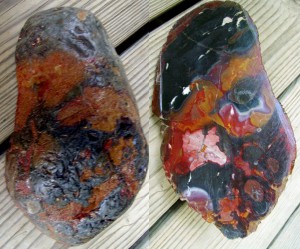 Gem Profile- Beautifully Colored Jasper
Gem Profile- Beautifully Colored Jasper Gem Profile- Common Opal
Gem Profile- Common Opal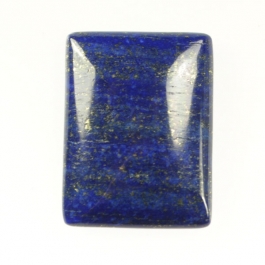 Gem Profile- Lapis Lazuli
Gem Profile- Lapis Lazuli Wire Sculpture Expert Dale -Cougar- Armstrong Interview
Wire Sculpture Expert Dale -Cougar- Armstrong Interview

